Transplanting strawberries to a new location in August
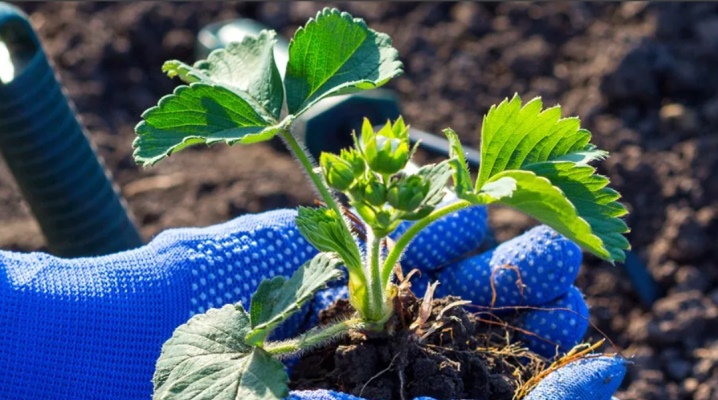
Many gardeners grow strawberries. The reason for this is the relatively easy maintenance, as well as the good yield of this berry crop. An important part of strawberry care is the obligatory and regular transplanting. However, strawberries do not bear fruit in the year of transplantation. But when a transplant is carried out in August, this problem is solved by itself. Consider how and where to transplant strawberries in August, so that in the current and next year it will delight its owners with delicious berries.

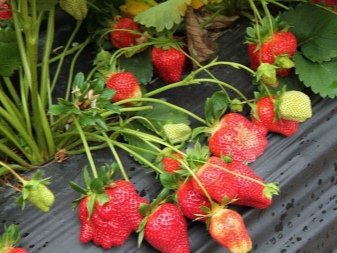
The need for a transplant
There are several important reasons for transplanting this crop in August.
- As already mentioned, a transplant in the summer is good in that it makes it possible to get a crop both in the year of transplantation and in the next season.... Most types of strawberries do not produce fruit this year when transplanted in spring. With the transfer carried out in August, this is out of the question.
- Strawberries have the ability to extract large amounts of beneficial nutrients from the soil. Lack of nutrition immediately affects both the yield and the taste of the berry.
- This plant not only takes nutrients from the soil, but also releases processed products into it. They are not toxic, but they form a specific environment. Pathogenic flora can often develop in such soil. The longer a strawberry grows in one place, the thicker the plantation becomes. This leads to the appearance of a large number of diseases, pests and fungi.
In addition, the advantage of transplanting strawberries in August, such as the absence of the need for careful care of it, is also important. The main requirement at this time will be only regular watering.
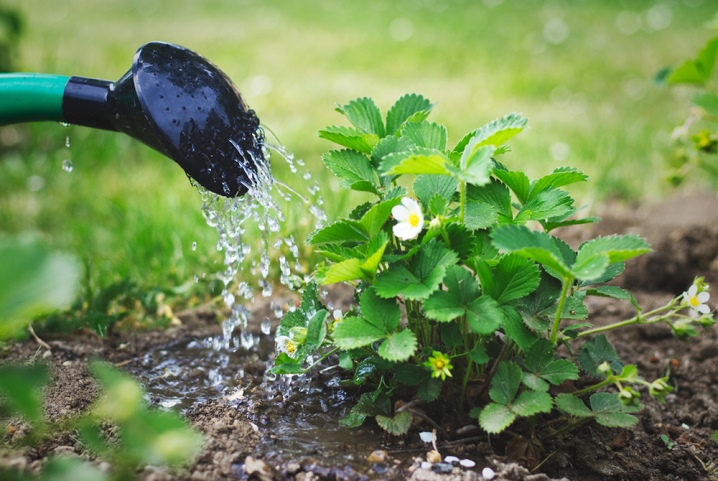
Seat selection
It often happens that the same strawberry variety bears fruit in different places on a small plot in a completely different way. This is easy to explain.
The best place for growing strawberries on the site is considered to be the southern or southwestern side of it. There is no need to choose places with drafts, albeit irregular. Strawberries cannot be planted in the lowlands. This is fraught with the fact that in the place of its growth it will always be damp, water will accumulate. And also do not plant a crop in an area where groundwater is located quite close to the surface.
The culture grows on fertile soil, does not like sandy or loamy soil varieties. Poorly tolerates clay soil. Soil pH should be neutral (no need to plant the crop in acidic or alkaline soil). The area itself should be relatively flat. A small slope is allowed.
It is best to place trees or shrubs to the north of the berry field. They will protect the strawberries from the wind and cold. This function can be replaced by a building or a wall. To the south of the strawberry plants, low plantings should be located. Despite the obligatory presence of a shade for strawberries, the sun's rays should fall on the place of its growth.
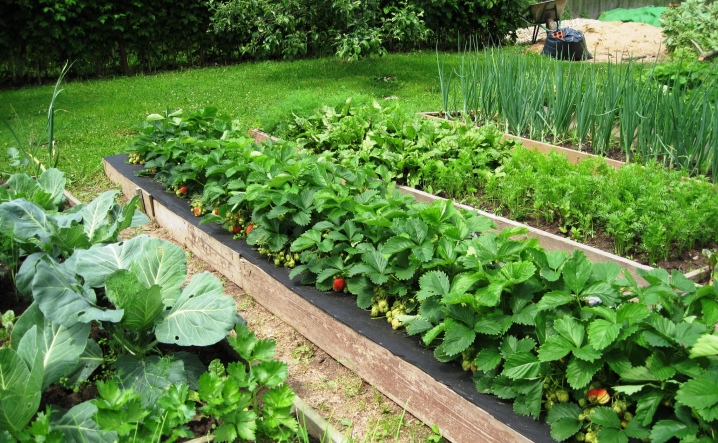
How to transplant correctly?
Transplanting strawberries to a new location in August is easier than any other time. However, it is necessary to follow the existing rules and recommendations of experienced gardeners.
Before transplanting a crop to another place, fertilizer must first be applied to the soil. Below are step-by-step instructions for transplanting strawberry seedlings.
- Dig up the strawberries first... It is best to do this with a couple of three vertical movements of the shovel.
- The earthy clod on the roots is shaken off... You need to do this carefully, trying to shake off the maximum amount of soil.
- Further rhizome manually divided into individual seedlings.
- New plants are planted in pre-dug holes and dig in.
- The soil around the newly transplanted plant is imperative tamp and water.
- The first watering after transplanting is carried out on the second or third day.
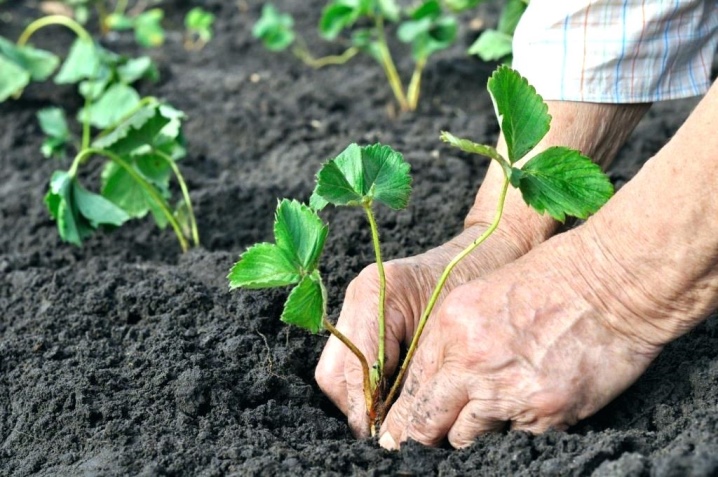
Unfortunately, not all types of strawberries can be planted in August. Among the varieties that tolerate the August transplant well, the following varieties are noted: Victoria, Temptation, Albion, Honey, Kimberly and some others.
It is also worth remembering that the best time to transplant most varieties of strawberries is traditionally spring... Therefore, in cases where a decision is made to carry out this event in August, your choice should be stopped on varieties that are especially resistant to unfavorable conditions.
In August, strawberries can be propagated as a mustache or as seedlings. However, it is best to propagate it with seedlings that are 1 or 2 years old. It is necessary to choose seedlings with a root length of no more than 5 cm. It is such planting material that takes root well, later differing in a good harvest. In the case of whisker propagation, it is necessary to choose the whiskers of young plants. They are considered to be stronger and more resilient.
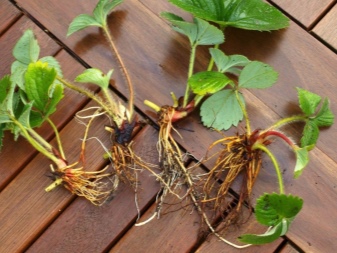

Useful Tips
It is necessary to take into account a number of important nuances that are characteristic of the correct transplanting of strawberries.
- The optimum temperature is considered to be between 20 and 25 degrees. And a favorable indicator of humidity for this procedure is 70%.
- Do not add too much nitrogen during fertilization before planting.... Nitrogen stimulates the appearance and growth of greenery (leaves). Thus, planting until winter will spend energy on their support, which can destroy the plants.
- Some gardeners believe that it is best to transplant strawberries on special days of the lunar calendar. More precisely, they are the days of the waxing moon. It is undesirable to engage in planting on the days of the full moon and new moon.
- It is recommended to water the crop daily for the first three weeks after transplanting. Later, you can water once a week.
- The seedlings should not show any signs of disease on leaves or roots.
- It is better to choose strawberry varieties among those that grow best in the climatic zone of the place of residence.
- If the entire site is located in a place where groundwater comes close to the surface, the soil level in the strawberry planting area should be raised at the expense of the imported soil.
- First of all, you need to focus on the air temperature... If it is below the required mark, then this will lead to the fact that the culture does not take root in a new place. If the temperature is too high, the culture will start to grow vigorously after rooting.
- It is better to choose a cloudy day for transplanting.... The day after rain (in the absence of sun) can be considered ideal. If there are no such days in August, transplant in the evening.
- An August transplant can be performed once every 4 years. This will be enough to get a regular and good harvest.

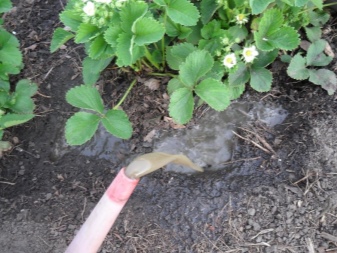
Strawberries generally tolerate any neighborhood well. But it grows best next to garlic, spinach, lettuce, onions.
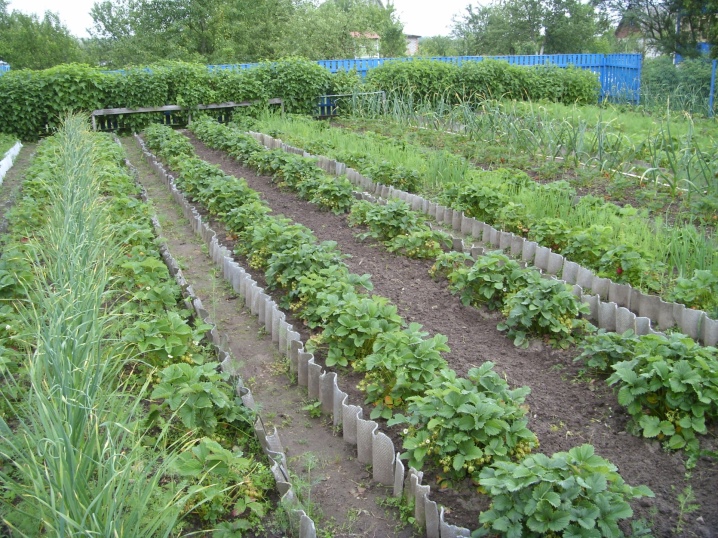













Thanks for the details about the transfer.
The comment was sent successfully.